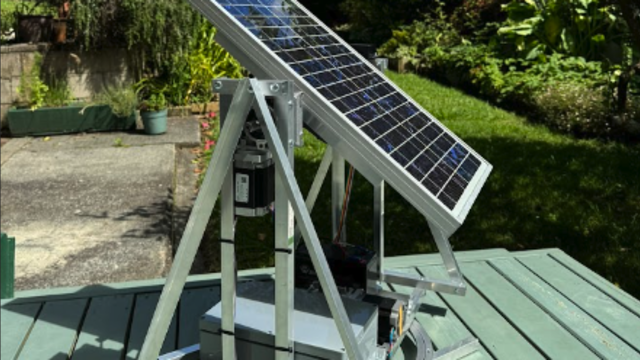Printing flexible filament provides certain challenges. The inherent stretchiness of the material makes them less suitable for Bowden tube extruders compared to direct drive. You can get them to work with Bowden machines, but particularly as you go down the Shore hardness scale, you’ll have to be very careful with your settings. Flex filaments are also very prone to stringing, and you may find that this is something that you just have to live with, and not something that you can solve with slicer settings.
As the prints are flexible, any thin parts are prone to flexing as you try to print on top of them, so taller structures have to be stiff enough to stay still when printing. Keeping the speed slow can help with this, but you may find that certain designs that are printable with stiffer plastics just don’t work with flex.
Another problem with flexible filament is that they tend to be very sticky, and getting prints off the print bed can be a challenge, and if you’re not careful, it is possible to stick them so tightly that they damage the bed. Depending on your print surface, you might need to add something such as tape or adhesive. Prusa recommends using Windex to clean its beds. On our printer with a flexible bed, we find that prints come off OK, as long as we don’t clean the print bed with IPA each time (as we do with PETG or PLA).

Flexible filaments don’t require really hot temperatures, so most printers should be able to manage the heating. Around 220–230 degrees C is common, though you may get away with a little less. Though, as there are a few different materials used, always check with your particular filament before accepting default ‘flex’ settings in a slicer.
Printing in flex adds a whole new set of problems you can solve with your 3D printer, though it comes with its own set of design and manufacturing challenges. If you’ve got a 3D printer capable of it, it’s well worth experimenting with some of the different options to give you an idea of what’s possible.
Measuring Hardness
Hardness is measured on the Shore hardness scale. Rather confusingly, this isn’t one scale, but several. The A and D scales are most relevant to 3D printing. Typically, stiff 3D printer filaments will be measured on the D scale and flex filaments on the A scale, but there is some overlap between the two: 100A is 58D.
Flex filaments are usually 95A (or 46D) and below, with the most flexible being around 74A. Some manufacturers differentiate between ‘semi-flex’ and ‘flex’, but there’s not really a standard for what fits into which category, so we’d recommend going by Shore hardness rather than a rating like this. Picking the right filament is probably more important with flex than it is with most other types of filament. Many filament sellers offer small samples of different filaments for reasonable prices, so you can test out a little bit before committing to a large order.







